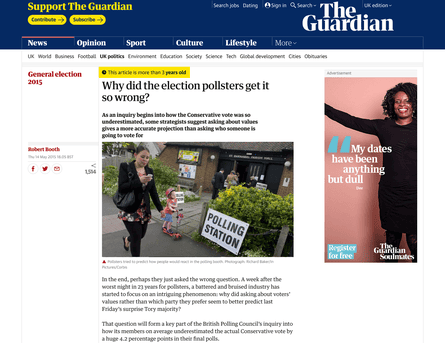All about News Articles
Not known Details About News Articles
Table of ContentsThe Main Principles Of News Articles News Articles Fundamentals ExplainedGet This Report about News ArticlesFacts About News Articles RevealedThe Best Strategy To Use For News Articles
Excellent understanding of various subjects offers students an affordable edge over their peers. Although electronic and social media sites are easily accessible, we must not forget just how important it is to review the newspapers. Parents have to try and instill the habit of checking out a paper as a daily regimen to proceed the legacy of the adored print tool.Information tales also include at least one of the complying with vital characteristics relative to the designated audience: distance, prestige, timeliness, human passion, quirk, or consequence.
Within these restrictions, information tales likewise aim to be comprehensive. Among the bigger and a lot more revered newspapers, fairness and equilibrium is a significant factor in offering info.
Newspapers with an international target market, for instance, have a tendency to use an extra official style of creating. The certain choices made by an information electrical outlet's editor or editorial board are often accumulated in a style guide; usual style overviews include the and the US Information Style Publication. The main objectives of news writing can be summed up by the ABCs of journalism: precision, brevity, and clarity.
A Biased View of News Articles
Generally, journalists will certainly not make use of a lengthy word when a brief one will certainly do. They use subject-verb-object building and brilliant, energetic prose (see Grammar). They supply stories, instances and allegories, and they rarely depend on generalizations or abstract ideas. News writers attempt to stay clear of using the same word greater than once in a paragraph (in some cases called an "echo" or "word mirror").
Headings often omit the subject (e.g., "Jumps From Watercraft, Catches in Wheel") or verb (e.g., "Feline lady lucky"). A subhead (also subhed, sub-headline, subheading, caption, deck or dek) can be either a subservient title under the primary headline, or the heading of a subsection of the article. It is a heading that comes before the primary text, or a group of paragraphs of the major text.

of a short article subject, informant, or interviewee), it is described as a drawn quote or draw quote. Added signboards of any one of these kinds might show up later on in the article (especially on subsequent pages) to attract additional reading. Journalistic web sites often utilize computer animation methods to switch one signboard for one more (e.g.
An Unbiased View of News Articles
Such billboards are additionally utilized as tips to the short article in other areas of the publication or site, or as promotions for the piece in other magazine or websites. Press release of the Swiss federal government. Regular structure with title, lead paragraph (recap in strong), other paragraphs (information) and call info.

Example of a hard-lead paragraph NASA is recommending an additional area project. The spending plan demands roughly $10 billion for you could try this out the project.
An "off-lead" is the 2nd most essential front web page news of the day. To "hide the lead" is to begin the post with background info or details of additional importance to the visitors, compeling them to check out even more deeply into a post than they should have to in order to find the essential points.
The 30-Second Trick For News Articles
Usual usage is that one or two sentences each create their very own paragraph. Reporters usually explain the company or framework of a newspaper article as an inverted you could try this out pyramid. The necessary and most intriguing elements of a story are put at the beginning, with supporting information complying with in order of reducing value.
It permits individuals to discover a subject to just the deepness that their inquisitiveness takes them, and without the charge of information or subtleties that they can take into consideration irrelevant, but still making that information available to more interested readers. The inverted pyramid framework additionally makes it possible for write-ups to be cut to any kind of approximate length during layout, to fit in the room readily available.
Some authors start their stories with the "1-2-3 lead", yet there are many kinds of lead available. A twist can refer to several things: The last tale in the news broadcast; a "satisfied" tale to end the program.
Longer articles, such as publication cover articles and the items that lead the within areas of a newspaper, are recognized as. Function tales vary from straight information in numerous methods.
Facts About News Articles Uncovered
The journalist often details communications with meeting topics, making the piece a lot more individual. A feature's very first paragraphs usually relate a fascinating minute or event, see this here as in an "anecdotal lead". From the particulars of an individual or episode, its sight promptly broadens to abstract principles concerning the tale's topic. The area that signals what a feature has to do with is called the or billboard.

The Editor's Toolbox: A Referral Guide for Beginners and Professionals (2001) Allan M. Siegal and William G. Connolly. The New York City Times Handbook of Design and Usage: The Authorities Style Overview Used by the Writers and Editors of the Globe's Many Reliable Newspaper (2002) M. L. Stein, Susan Paterno, and R.